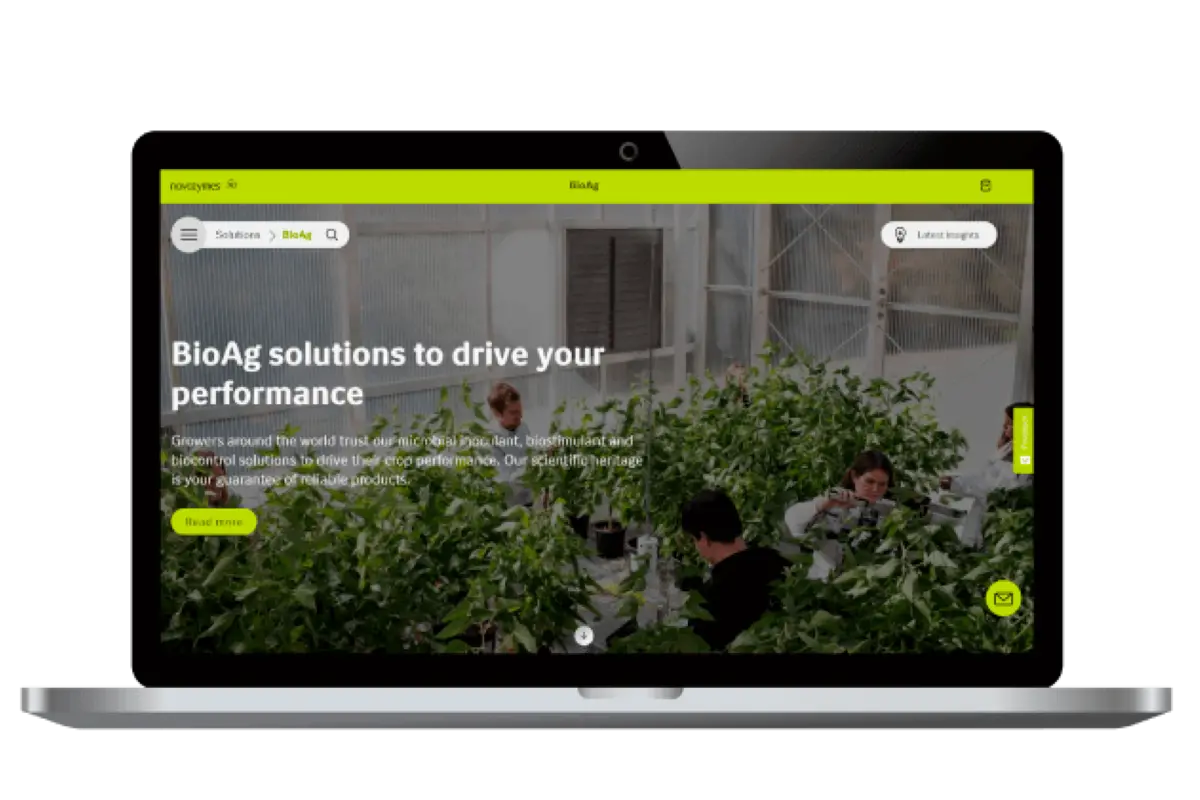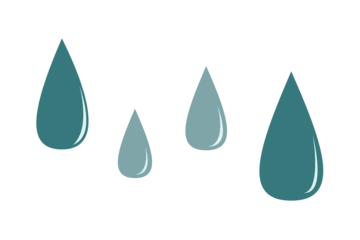Improving food security in the face of climate change with biosolutions
Let’s accelerate and Rethink Tomorrow
The impact of climate change around the world
Another year of record temperatures and a wide range of climate anomalies across the globe has made the impact of climate change very clear. This year alone, the US Midwest has seen extreme rainfall while California experienced heatwaves. Eastern Australia was hit by record rainfall and widespread flooding. Europe faced one of its toughest years for extreme weather. Extremely high temperatures across the region led to droughts and wildfires. Flooding in South Africa killed hundreds and forced thousands from their homes. And across Asia, floods, droughts and tropical storms have hit populations hard.
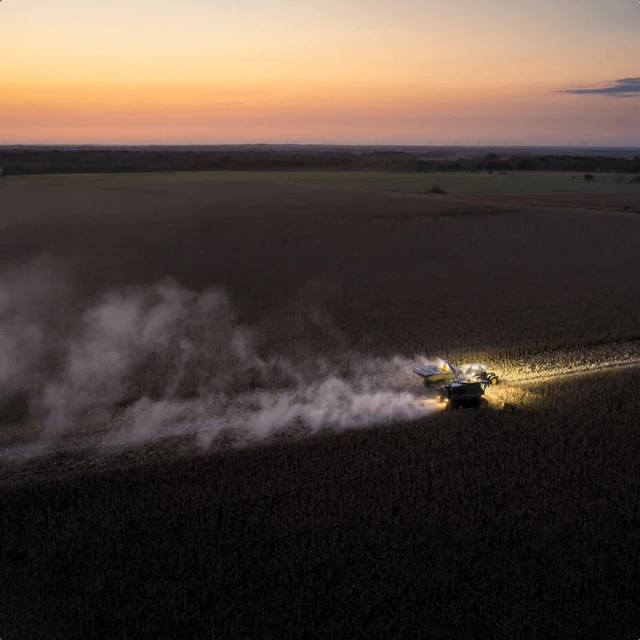
This all adds up to
55 Billion Tonnes
That was the amount of CO2 emitted into our atmosphere in 2021. And the number has not started declining yet.With biorefineries we can reduce emissions from transportation, energy and manufacturing.
Climate change is already affecting crop production
Crop yields are highly sensitive to changes in climate. According to the UN Food and Agricultural Organization (FAO), even minor or short-term weather pattern changes can significantly impact yields. And these impacts are already being felt, according to the Intergovernmental Panel on Climate Change (IPCC). Its report on climate and land indicates that climate change has reduced maize, wheat and other crop yields in some regions. The same report predicts that climate change will increasingly impact food costs. Even today, these increases are evident. That’s why farmers, governments and companies are working hard to build the resilience crop systems need to ensure food security.
How climate change impacts crop production
Climate change puts multiple complex stresses on crop production systems. But according to the FAO, there are a number of key factors to consider. The impacts of three - temperature alterations, rainfall pattern changes and pests and weeds - are explained below.
Climate-change related crop stressors have the potential to devastate our food security. Models cited by the IPCC project that climate change could put up to 183 million more people at risk of hunger. It’s essential that we act now to rethink agriculture and find solutions that build crop resilience. The good news is that some of the solutions already exist.
Biotechnology builds crop resistance
Here is what science and biotechnology can do...
...through root growth
Our broad portfolio of BioAg solutions work with nature to help us solve a range of climate-change related challenges. Our JumpStart® inoculant is a great example. It's based on a naturally-occurring soil fungus that increases phosphate availability. That promotes root growth. Climate change will increase stressors such as weed pressure and drier conditions. Plants with large, healthy root systems have the potential to better withstand these. Larger root systems can also help hold more nutrients in the soil during flood conditions. They can even help to mitigate climate change, as plants capture carbon from the air and store it underground in their root systems. So the larger its root system, the more carbon a plant can potentially store.
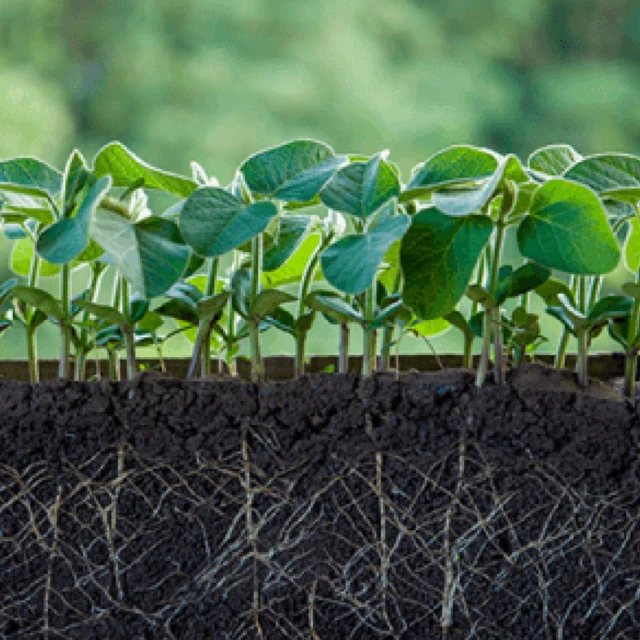
...through increased photosynthetic activity
Our LCO-promoter technologies are based on lipo-chitooligosaccharides,naturally occurring plant signal molecules. As climate change increases abiotic stress on crops, these powerful tools help in a number of ways. Leaf-applied Ratchet®, for example, increases the rate at which soy and corn plant leaves take up carbon dioxide. That supports increased photosynthetic activity for higher sugar production and ultimately higher yields. Other LCO products, including Torque IF® are applied to soil or on-seed to stimulate mycorrhizal germination. Mycorrhizae are naturally-occurring soil microbes. They extract nitrogen from the air and – with the help of LCOs – convert it into a plant nutrient. Torque IF® harnesses the power of these microbes to increase corn crops’ access to soil nutrients and water. Our LCO products can even help repair flood-damaged soil by boosting microbial populations.
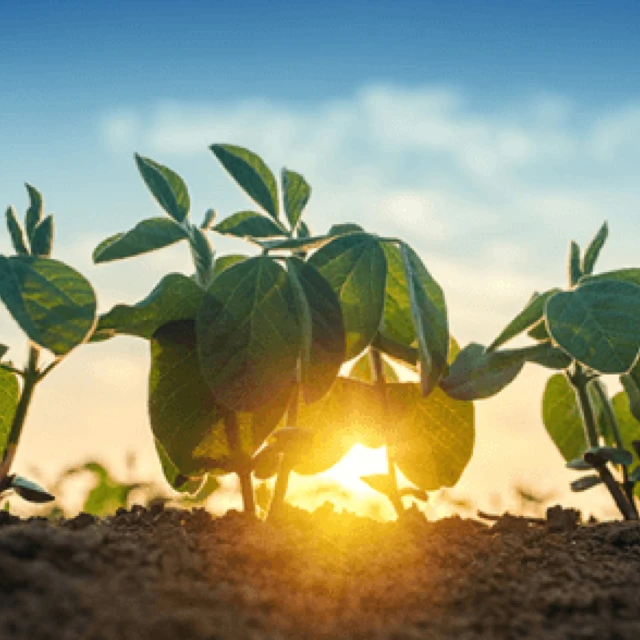
...through pest management
Climate change increases the complexity of pest management. That makes solutions that work with nature even more important in crop protection and yield maintenance. Our biocontrol solutions use naturally-occurring microbes. These work in a range of ways to reduce disease pressure. Products such as Taegro® 2 and Actinovate increase plant defense mechanisms, produce beneficial metabolites and outcompete pathogens. All while reducing farmers’ dependence on harmful chemicals.
These are just a few examples from our broad portfolio of solutions that work with nature to build crop resistance in the face of climate change. So let’s bring on the power of biotech to help secure our food systems.
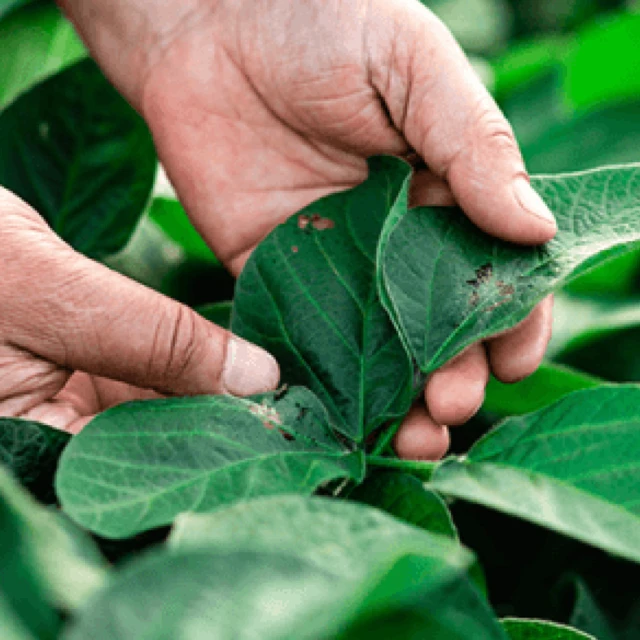
And wait there’s more:
Lower emissions and healthier aquatic environments
Agriculture is also a major driver of climate change. It emits approximately one quarter of global greenhouse gases. One source of these emissions is synthetic fertilizer production. Our BioAg solutions complement these fertilizers, potentially reducing their usage. JumpStart®, for example, can reduce the carbon footprint of one ton of corn by as much as 15%. Applied to all cornfields in America, that could add up to CO2e savings of almost four million metric tons.
JumpStart® also helps to protect aquatic environments. That’s because so much phosphate applied in fertilizer gets bound to soil particles and other elements. Typically up to 90% goes unused in the year it's applied, while at least 25% never gets used. This unused phosphate can run off into aquatic environments and ultimately lead to dead zones and algal blooms. By releasing bound phosphate for use by crops, JumpStart® can help reduce runoff.

But what will the impact be?
"Climate resilience is essential to ensure food securityin the face of a rapidly changing climate. Farmers need a wide range of tools to implement effective climate adaptation strategies. We’re extending their toolbox with smart solutions that harness the power of natural plant-microbe relationships."
Jason Ward
Head of Commercial Operations, Novozymes BioAg, North America

How do microbes and enzymes work in BioAg?
After plants, microbes such as bacteria and fungi are the earth’s dominant lifeforms. They play a huge role in the key functions of many organisms. Soil microbes are a great example. Through symbiotic relationships, and often using enzymes, they deliver essential nutrients to plants. They can even protect plants from insects and disease. BioAg harnesses the power of these naturally-occurring microbes and enzymes to develop solutions that drive crop performance.
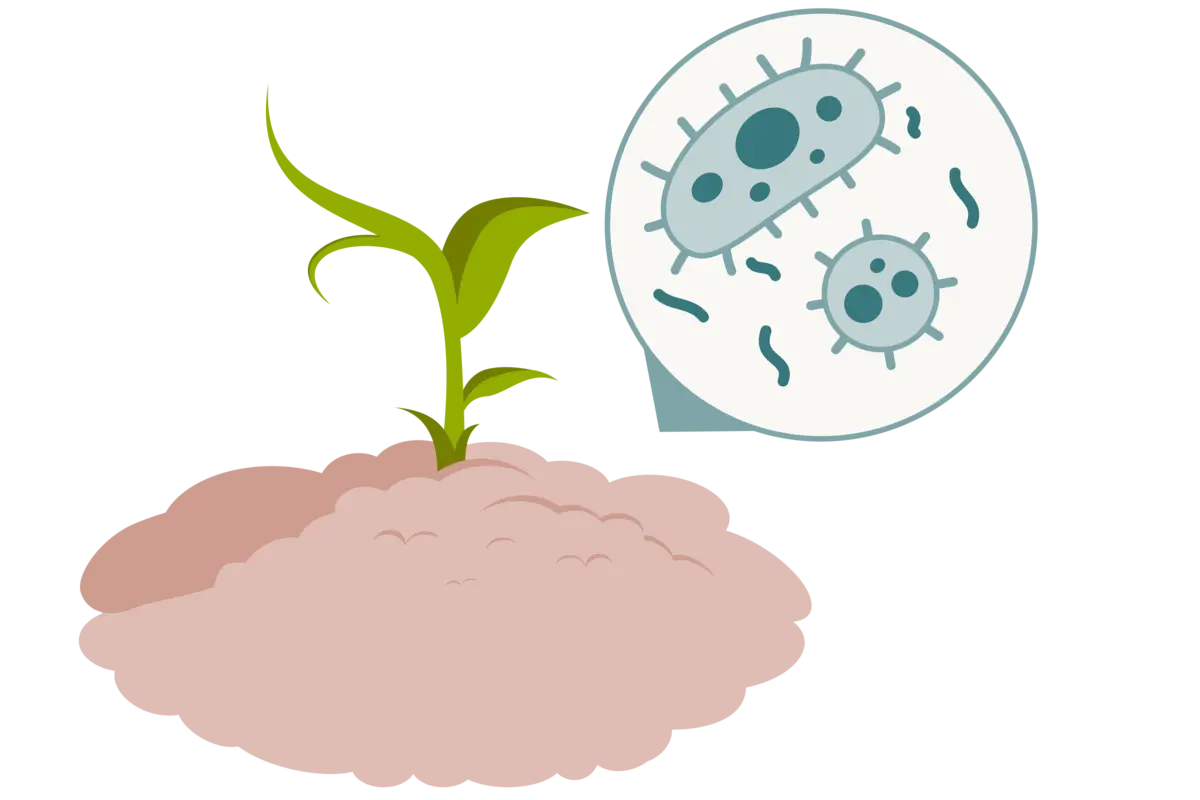
Want to learn more about our BioAg solutions?
